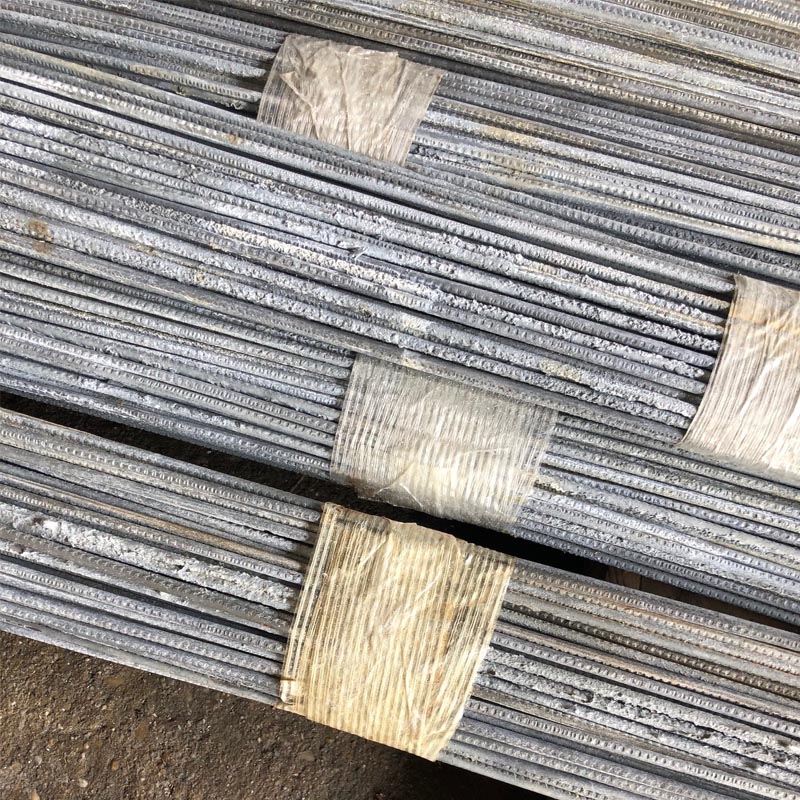
- Mobile Phone
- +8613931874955
- sales@cntcmetal.com
what is a cavity wall tie
What is a Cavity Wall Tie?
Cavity wall ties are vital components in modern building construction, particularly in the context of cavity wall systems. These ties are used to connect the outer and inner leaves of a cavity wall, which is a type of wall construction that consists of two separate layers or “leaves” of masonry with a space or cavity in between. This construction method is popular for its thermal and moisture management properties, making it an effective choice for maintaining building integrity and occupant comfort.
Structure and Function
The primary function of cavity wall ties is to provide structural stability to the wall assembly by anchoring the two leaves together. This helps to withstand lateral forces such as wind pressure, which may cause the outer leaf to distend or pull away from the inner leaf. By connecting these two layers, wall ties ensure that the entire structure acts as a cohesive unit, thereby enhancing its overall strength.
Wall ties are typically made from materials such as stainless steel, galvanised steel, or plastic. Stainless steel ties are particularly popular as they are resistant to corrosion, thus ensuring longevity. The design and spacing of these ties are crucial; standards specify that they should be placed at regular intervals, often every 600mm vertically and 450mm horizontally, although this may vary based on specific building codes or environmental considerations.
Importance in Moisture Control
Another critical aspect of cavity wall ties is their contribution to moisture management. The cavity in a cavity wall serves as a barrier to moisture penetration. If the inner leaf remains dry, it helps protect the interior of the building from dampness and mildew growth. While wall ties themselves should not impede the drainage of moisture, they must be installed correctly to ensure that they do not create a pathway for moisture to bridge the cavity. Careful installation is important to maintain the effectiveness of this moisture control system.
Types of Cavity Wall Ties
what is a cavity wall tie

There are various types of cavity wall ties, each designed for specific applications and performance requirements. Some of the common types include
1. Wire ties These are the simplest type and are effective in low-rise buildings where minimal lateral stability is required. 2. Expanded ties These provide extra shear strength and are common in situations where additional stability is necessary. 3. Resin-tied systems These are used where increased resistance to corrosion is necessary, such as in coastal areas or industrial settings.
Installation Considerations
Correct installation of cavity wall ties is paramount. If they are spaced too far apart or improperly aligned, the structural integrity of the wall assembly can be compromised. Furthermore, issues such as rusting can occur if non-corrosion-resistant materials are used in humid conditions. Building codes set forth by local and national authorities often specify installation guidelines to ensure optimal performance.
Compliance and Maintenance
Regular inspections and maintenance should also be conducted to ensure that cavity wall ties are functioning as intended. Over time, some ties may loosen or degrade, which could lead to structural problems. Therefore, it’s essential for property owners and builders to be proactive in assessing the condition of wall ties during routine building maintenance checks.
Conclusion
In conclusion, cavity wall ties play a crucial role in the integrity and durability of cavity wall systems. By effectively anchoring the two leaves together and contributing to moisture management, these components are essential for ensuring the overall strength and longevity of modern buildings. With appropriate materials, correct installation, and regular maintenance, cavity wall ties can significantly enhance the performance of cavity walls, safeguarding structures against the elements and ensuring a long-lasting, resilient construction.
share:
-
Why Sacrificial Formwork Is Redefining Underground ConstructionNewsJun.06,2025
-
The Structural Dynamics of Modern Concrete: How Snake Spacers Revolutionize Flexible ReinforcementNewsJun.06,2025
-
Snake Spacers Smart-Lock Concrete Reinforcement with Surgical PrecisionNewsJun.06,2025
-
Snake Spacers: Reinforcement Precision for Modern Concrete ProjectsNewsJun.06,2025
-
Snake Spacers Powering Concrete's Structural DNANewsJun.06,2025
-
Slither into Success: Snake Spacers' Precision Bite for Unbreakable ReinforcementNewsJun.06,2025
-
Sacrificial Formwork: Building Stronger, Faster, and Safer StructuresNewsJun.06,2025



















